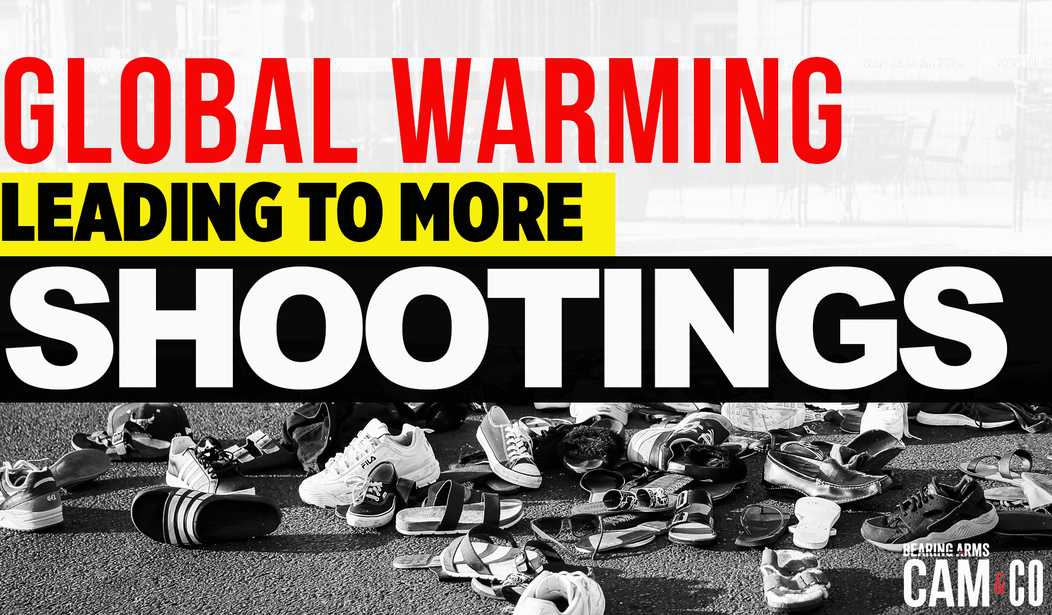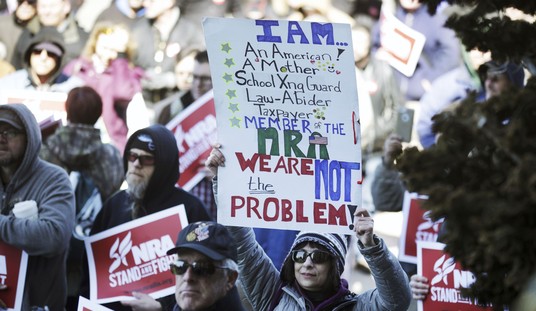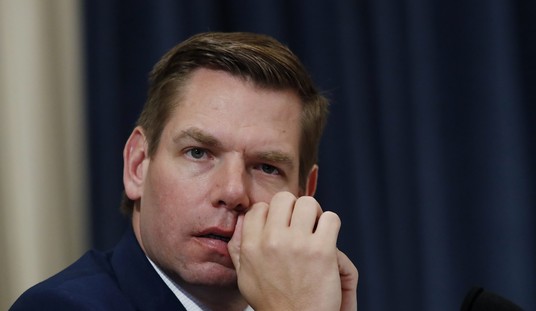It’s a fairly well documented phenomenon that violent crime typically rises during the summer months, so I suppose it’s not completely crazy to wonder if hotter high temperatures leads to even more violence. But I have to say that I’m still unconvinced that global warming or climate change is responsible for nearly 8,000 shootings each year as some researchers claim in a new study.
You can read the paper, entitled “Analysis of Daily Ambient Temperature and Firearm Violence in 100 U.S. Cities” for yourself here, but the gist of it is that the study’s authors claim that 6.85% of all of the shootings between 2015 and 2020 that were a part of the study could be attributed to “days hotter than city-specific median temperatures”. It’s not just that more violence happens in the hottest months of the year, in other words, but that higher than average temperatures no matter what time of year lead to more shootings taking place.
Conceptually, warmer temperatures increase stress hormones in the nervous system, which could increase individual potential for violence (ie, the temperature-aggression theory).8 Warmer temperatures could also increase social contacts and time spent outdoors, increasing the potential for interpersonal conflicts (ie, the routine activities theory).9 These phenomena would produce both seasonality (ie, higher violence in warmer months) and greater violence on unseasonably warm days. Seasonality is well-established,10–13 but also potentially attributable to seasonal variation in factors unrelated to weather (eg, school calendars); by contrast, the effects of unseasonably warm days are more likely attributable to temperature alone. Our analysis adds to existing literature in this area by explicitly adjusting for seasonality to assess the association of heat with firearm incidents beyond what would be expected for the time of year.
Past studies have linked warmer temperatures and higher incidence of gun violence. A 2020 study11 found shootings in Chicago to be more likely to occur on warm days. A Baltimore study13 found an association between daily temperature and shootings, whereas a separate Chicago study14 found day of the week and daily temperature to be associated with firearm injuries requiring medical treatment. However, these studies have not distinguished between seasonal vs daily temperature variation, thus narrowing their interpretability. Moreover, they have had limited geographic scope (eg, single city) and do not assess for regional variation, limiting their generalizability to regions with different climate patterns.
The current cross-sectional, time-series study aims to estimate the association of higher daily temperatures with urban firearm violence on a national level, while assessing for variation across cities and regions. This goal is important because urban heat is predictable and, to some degree, modifiable. Cities can use climate adaptation strategies to mitigate the effects of daily temperature through changes to the built environment.15,16 If there is an association between daily temperature and firearm violence, implementation of climate adaptation strategies may be associated with reduced firearm violence on unseasonably warm days.
I will freely admit that I’m not a data scientist, but I still have some questions about this study and its hypothesis. If higher-than-average temperatures is a causation of violent crime, then we’d expect to see crime generally get worse as annual average temperatures climbed, but that’s not what happened in the United States. Violent crime rose in the 1920s and early 30s before it declined for the next three decades, then shot up once again in the late 1960s and early 70s. The violent crime rate peaked in 1991 and steadily dropped by more than 50% between then and 2020, even as headlines regularly touted the “warmest year on record”.
About the only positive thing I can say about this “study” is that at least the authors aren’t focused on imposing new gun control laws. Instead, the authors claim that “climate adaptation” and “heat adaptation” strategies can be utilized to prevent shootings. I still think there are a lot of other things that would be of greater benefit (starting with targeted deterrence strategies that focus on the most violent and prolific offenders), but I’d much rather see officials in cities like New York, Chicago, and Baltimore plant trees in the name of public safety than ban guns.









Join the conversation as a VIP Member